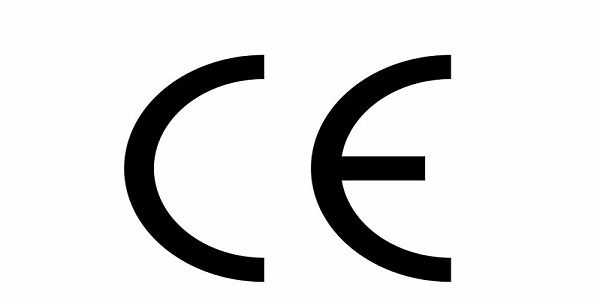Address
304 North Cardinal
St. Dorchester Center, MA 02124
Work Hours
Monday to Friday: 7AM - 7PM
Weekend: 10AM - 5PM
Address
304 North Cardinal
St. Dorchester Center, MA 02124
Work Hours
Monday to Friday: 7AM - 7PM
Weekend: 10AM - 5PM

In the European market, the “CE” mark is the unified mark of the EU member states for products, and electrical products entering the EU countries must bear the CE mark. It signifies to European customs that the product complies with one or several relevant European directives. This is enforced by law. The CE mark must be printed in an obvious position on the nameplate and packing box, the height should not be less than 5mm, and it should be scaled proportionally.
In addition to the product itself, when exporting to Europe, the manufacturer must sign a Declaration of Conformity (DOC), indicating that its product has complied with the relevant requirements of the European Union. This declaration must accompany the goods to Europe, otherwise European customs will not allow the goods to enter. Once a product is found to be ineligible for CE in Europe, it will be severely sanctioned. If a product is CE marked without being tested, it will be considered a counterfeit product. All EU countries will take appropriate measures to make all products entering the European market meet their relevant regulatory requirements (such as market surveillance regulations, etc.), and will impose severe penalties on counterfeit CE marked products and other products of the same manufacturer in Europe (see Article 3 of the EMC Directive), for example in Germany, the minimum fine for no or counterfeit CE marking is DM 50,000, as well as sealing all products from the same manufacturer. Therefore, it will be very dangerous if the product is tested by some illegal or crude certification body.
According to the European Union’s Electromagnetic Compatibility (EMC) Directive 83/336/EEC, all electrical and electronic products entering the EU market must meet the requirements of electromagnetic compatibility. officially enforced. If an electrical product can be powered by AC50~1000V or DC75V or more, in addition to the EMC directive, it must also comply with another directive – the Low Voltage Directive (LVD). The so-called safety test. The directive is to require products to meet certain electrical safety requirements. For example: insulation distance requirements, mechanical strength requirements, temperature rise requirements, electrical strength requirements, etc. The LVD directive came into effect on January 1, 1995, and was officially enforced on January 1, 1997.
When your company’s products need to be exported to Europe, in addition to CE/DOC, you need to prepare the following materials for European customs: structure data sheet, parts list, plastic parts list, nameplate, structure diagram, and safety signs. Copies of component certificates, component technical data, electrical diagrams, printed circuit boards and operating instructions.
The International Electrical Certification Center can help your company to use the most effective and efficient method, according to the relevant European regulations, so that your company’s products can pass the test and obtain the CE certificate. After obtaining the CE certificate, you can put the European CE mark on your products and enter the huge European market.